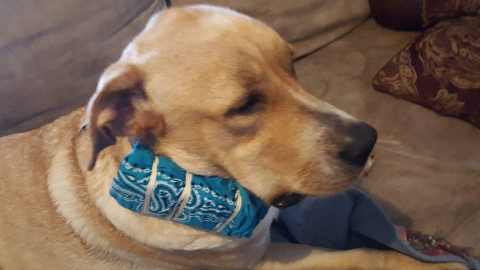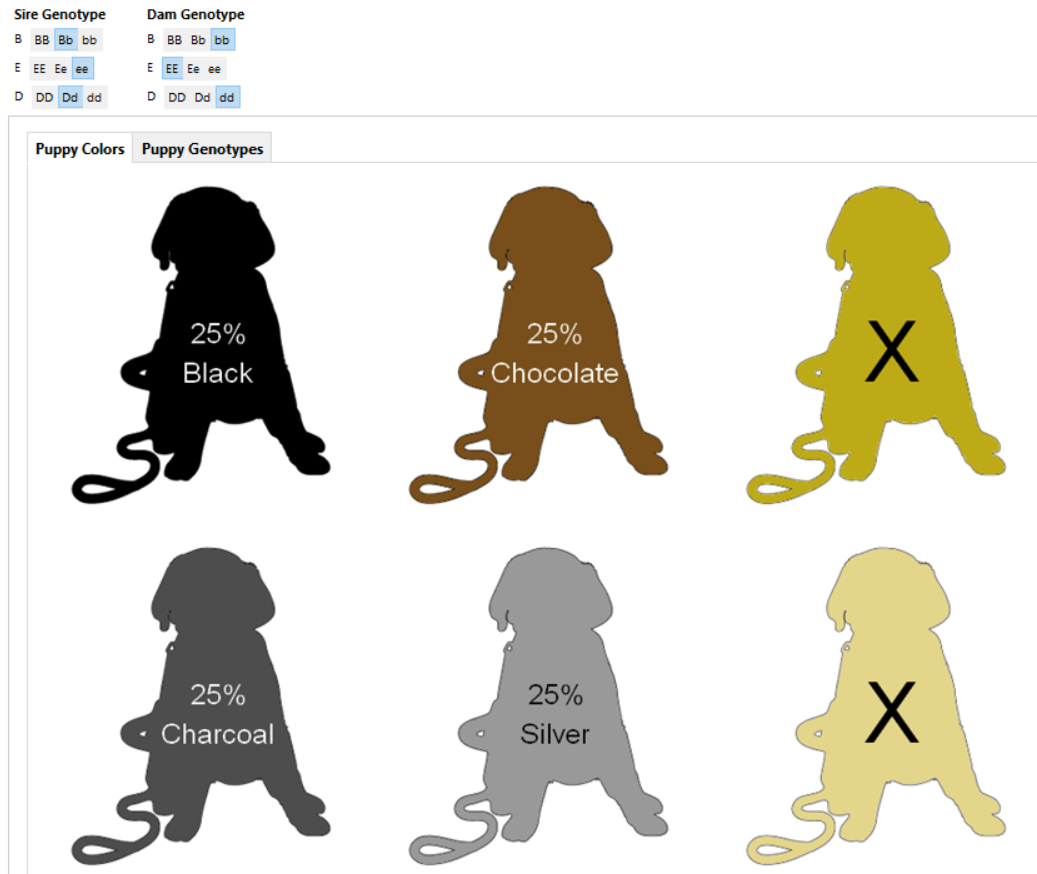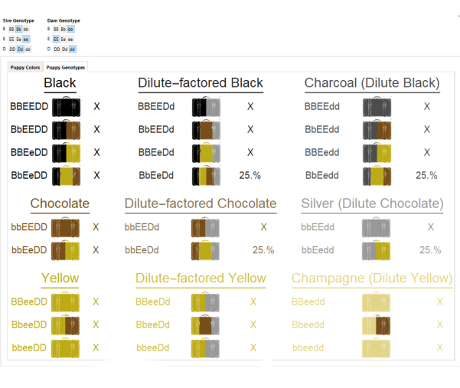SuperDogs Service & Scent Work Training
Some superheroes have four paws
Other Projects
Midas Collar

The Midas Collar is a project inspired by my previous dog, Midas. He had epilepsy, and it got to the point where if he had a seizure, he was guaranteed to have a cluster. There were many times that we were afraid to leave him alone, even to go to work or just out to dinner, for fear that he'd have a seizure and we wouldn't be there to give him his medicine to stop it. So I had the idea to build a collar that tracked motion and alerted us when the motion pattern indicated a possible seizure. If we couldn't see him, the way we knew he was having a seizure was by the specific jingle pattern his tags made, so if our ears could identify a difference, surely a much more sensitive piece of technology can identify it.
I built a working prototype of the collar that is almost ready to start collecting data, I just need to find a way to increase the battery life. Once it's ready, I'll be looking for dogs to test the collar so I can gather motion data to identify the seizure pattern and train the device to watch for this pattern. The current prototype is quite large and bulky (not that it bothered Midas as you can see in the picture above), but I plan for the final project to be no larger than a smartwatch, and to be able to be attached to any dog collar. If you'd like to follow the project, please visit the Midas Collar Facebook page. The project is on temporary hold while I finish my Master's degree, but I will be finishing it in honor of Midas and in the hopes that it can help many other dogs.
Dilute Coat Problems Research
I am working with a group of pro-dilute Labrador breeders and owners who have a great passion for the health and happiness of not only our dogs, but all dogs. With the surging popularity of the strikingly-colored charcoal, silver, and champagne Labradors, it is becoming more and more important to focus on the specific health needs of these dogs.
Dilute in some breeds, including Labradors, seem to have a higher occurrence of coat and skin problems than their standard-colored counterparts. Because of this, we are doing some research to try to identify a genetic component of dilute Labrador coat/skin problems. Our goal is to identify a gene that indicates a predisposition towards coat/skin problems, to help lessen the occurrence of the problem through breeding, without removing good genetic diversity. We hope that this research can benefit dilute dogs of all breeds.
We started by conducting a survey to help get an idea of the scope of this problem. I am currently working on putting the results into a report, and will share that here when it is finished. To follow this and other dog-health related projects, visit the For the Health of a Labrador Facebook page. If you would like to know more about this research, or have a dilute Labrador with coat and/or skin problems that you would be interested in having genetically tested to help with the research, please contact the research group at DiluteCoatProblems@gmail.com.
Labrador Breeder Coat Colors Tool


Genetics can be complicated, especially when multiple genes are involved in the expression of a trait, such as Labrador coat color. Three genes on three different chromosomes dictate coat color for the three standard (black, chocolate, yellow) and three dilute (charcoal, silver, champagne) coat colors. This makes 27 different possible genotypes, which gets complicated to calculate by hand. So I built a tool where you can put in the genotype of the sire and dam, and it will show you the probability of getting each color and each genotype from that particular pairing. Please note that this software does not indicate the makeup of a litter. These numbers are the likelihood of color and genotype for each individual dog. The images above show an example of the output. The left image with the different colored puppies shows the color percentages, the right image with the suitcases shows the genotype percentages, listed by color. This software will be made available to the public once the final bugs are worked out. If you are interested, feel free to e-mail me.